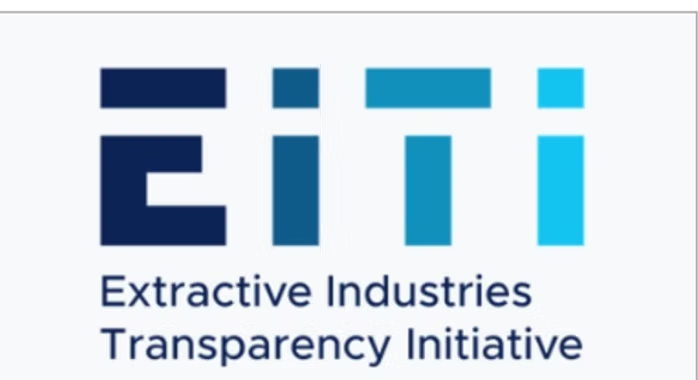In June 2025, Peru received a moderate score of 74.5 out of 100 from the Extractive Industries Transparency Initiative (EITI), reflecting steady progress in improving financial transparency and public oversight in the mining and hydrocarbons sectors. The assessment highlighted Peru’s advancements in disclosing subnational transfers, revenue flows, and contract data, as well as its efforts to establish multi-stakeholder dialogue platforms across eight resource-rich regions. These regional mechanisms have allowed for broader community involvement in monitoring extractive activities, contributing to a more informed and participatory governance environment.
This increased transparency is essential for reinforcing the social license to operate (SLO) in areas where extractive industries are deeply embedded in local economies and social dynamics. Public access to information about royalties, licensing agreements, and company payments helps build trust between communities, companies, and the state. When stakeholders have a clearer understanding of how resource wealth is managed and distributed, it reduces the risk of misinformation, suspicion, and social conflict—particularly in areas with a history of protests or mistrust toward central authorities.
However, the EITI report also flagged persistent gaps that could undermine Peru’s long-term efforts to strengthen its SLO framework. While national institutions have shown commitment to transparency, regional disparities remain in capacity, civil society engagement, and the actual use of disclosed data for decision-making. Additionally, the exclusion or underrepresentation of informal and artisanal mining stakeholders in governance spaces limits the inclusiveness of the process. To move from transparency to trust, Peru must enhance community outreach, ensure consistency in regional implementation, and link disclosure to tangible benefits and local accountability. Doing so will position transparency not just as a compliance tool, but as a driver of legitimacy and shared value in the country’s critical mineral and infrastructure sectors.

